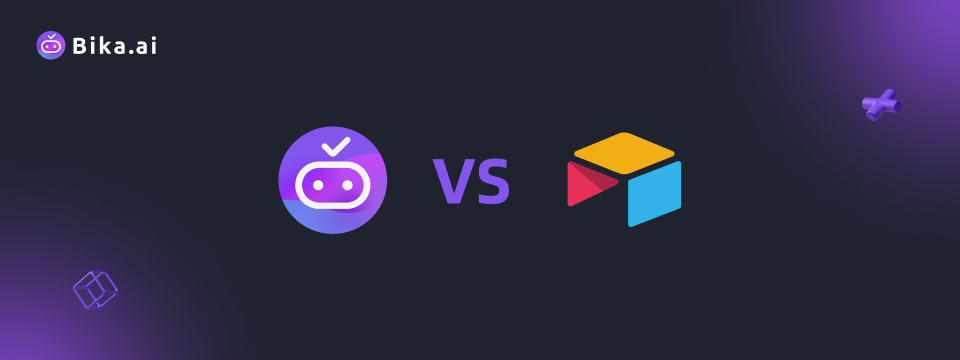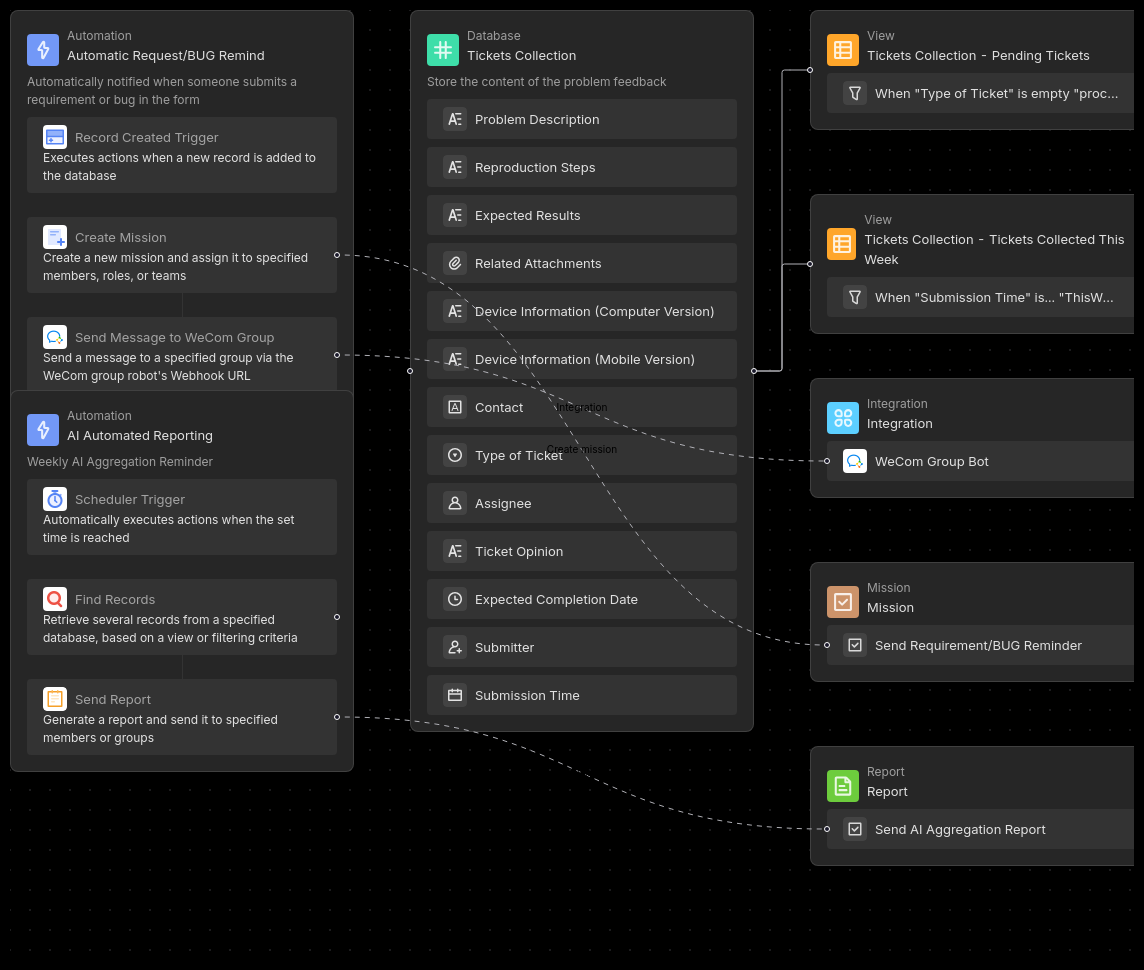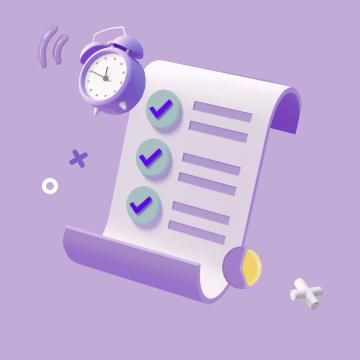
Bika.ai vs Airtable: To Verifying bug fixes
The Challenges of Verifying Bug Fixes and the Available Tools
In the world of software development and project management, verifying bug fixes is a crucial yet often challenging task. It can be a time-consuming and complex process that requires precise tracking and management. Many teams turn to tools like Airtable to handle these challenges. However, a new contender, Bika.ai, has emerged with an AI Project Issues and Tickets template that promises to revolutionize the way we approach this task. Free Trial

Airtable vs Bika.ai: Key Features At a Glance
Let's take a look at how Airtable and Bika.ai stack up against each other when it comes to key features.
| Feature | Airtable | Bika.ai |
|---|---|---|
| Pricing | Free provided, paid plans from $20/user/month | Free provided, paid plans from $9.99/user/month |
| Platform Type | No-code database | No-code AI automation database |
| Ease of Use | Base structure is geeky for non-tech users | Directory tree is easy to use and user-friendly for general users |
| Records per Database | Up to 125,000 records per base for Business plan | Up to 1,500,000 records per database for Team plan |
| Automation | Basic automation capabilities with limited triggers and actions | Advanced automation capabilities with extensive triggers and actions |
| Template | Templates don’t include automation capability; no automation publish and share | plenty of plug-and-play AI automated templates with preset content; supports automation publish and share |
| Storage | 100 GB of attachments per base | 800 GB per space |
| API | Limited APIs | API-first platform making every feature an integration endpoint for automation |
Bika.ai's Advantage in Verifying Bug Fixes
Bika.ai has conducted extensive research and practical feedback on the verifying bug fixes scenario use case. It has adapted to the relevant audience and market, offering several advantages over Airtable.
One of the significant advantages of Bika.ai is its intuitive UI layout. Airtable's UI, based on the concept of "bases," can be complex and intimidating for non-tech users. In contrast, Bika.ai's directory tree layout is straightforward and user-friendly, making data management and navigation a breeze.
The ability to handle a large number of records is another area where Bika.ai shines. While Airtable's Business plan limits records to 125,000 per base, Bika.ai's Team plan can handle up to 1,500,000 records per database. This makes it ideal for projects with extensive data requirements.
Bika.ai's mission and workflow integrated AI automation is a game-changer. It proactively manages workflows and data analysis, reducing the need for manual input and increasing productivity.
The plug-and-play templates of Bika.ai are also a standout feature. They come with detailed README guides, architecture diagrams, and release histories, making it easy for users to implement and share automation.

The Value of Verifying Bug Fixes Automation in Team Collaboration
The automation of verifying bug fixes brings significant value to team collaboration. It leads to increased efficiency, saving precious time that can be redirected towards more strategic activities. It also reduces the likelihood of errors, ensuring higher quality outcomes.
Customization options allow teams to tailor the process to their specific needs, while the convenience of an easy-to-use interface enhances the overall experience. Moreover, cost savings can be achieved by streamlining the workflow and reducing the need for manual intervention.
Individuals such as project managers, developers, QA engineers, product owners, customer support, and business analysts can all benefit from this. There are numerous scenarios where this template can be applied, and its use cases include verifying bug fixes.

How to Use Bika.ai's AI Project Issues and Tickets Template
To make the most of Bika.ai's AI Project Issues and Tickets template, follow these steps:
- Install the template into your Bika Space Station. You can install it multiple times if you need to manage multiple projects simultaneously.
- Enter new feedback through the provided form. The template includes a database and form for easy data submission and storage.
- Configure the automation tasks to suit your specific requirements. You can modify trigger conditions and execution actions.
- Test the automation tasks to ensure they function as expected. This includes sending ticket feedback reminders and summary reports.
- Enable the automation tasks to start reaping the benefits of automated bug fix verification.
How to Switch From Airtable to Bika.ai
Switching from Airtable to Bika.ai is a straightforward process:
- Export your data from Airtable in a CSV or Excel format.
- Sign up for Bika.ai and use its data import tools to transfer your data.
- Set up your automation templates in Bika.ai and start experiencing the enhanced efficiency and functionality.
Call on readers to embrace this automation template and solve their specific scenario challenges, making project management more seamless and efficient.

Recommend Reading
- Revolutionize Team Collaboration with DingTalk Scheduled Notifications
- AI Data Automation with Bika.ai: Unlocking New Potential for Email Reminder in Sending progress updates
- Weekly meeting reminder (Slack): Airtable Alternative to Weekly progress check
- Data Automation with Bika.ai: Unlocking New Potential for Send Emails in Bulk in Increase email reply rates
- AI Batch Image Recognition: Airtable Alternative to Accelerate design iterations
Recommend AI Automation Templates


Coming soon



